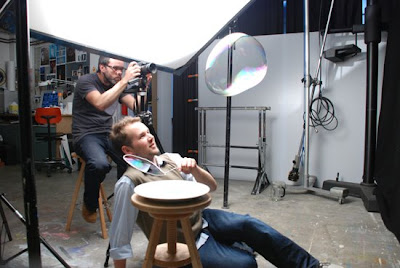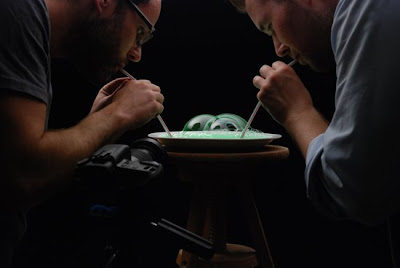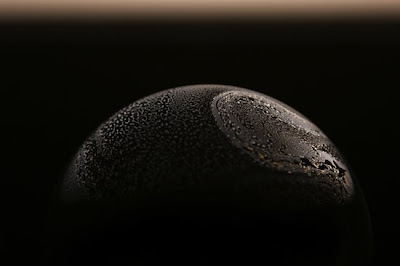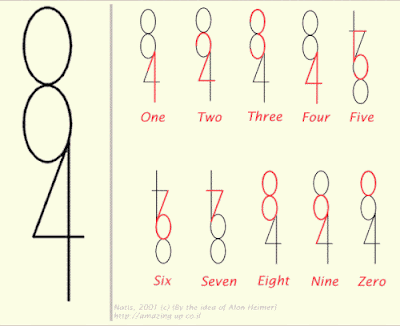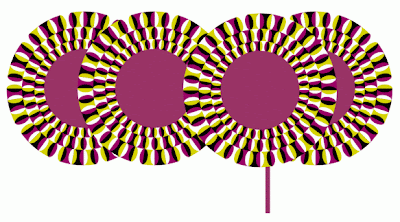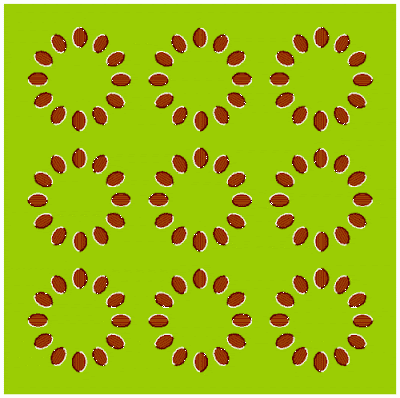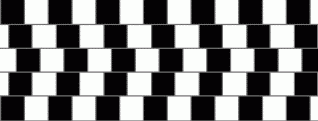If you want to learn how to write better where do you go?
Well, you can take a creative writing course.
Or read the books, biographies and studies of men and women hailed as literary geniuses throughout history.
For today, I´ve chosen to take some advice from one the most popular fiction writers of the last few decades: Stephen King.
Now, great sales figures aren’t always an indication of greatness in any field.
But it probably means that the creator knows what s/he is doing and what works. Plus, I have found that that quite a few of Stephen King´s books – like Insomnia, The Long Walkor The Running Man- are really good reads (and sometimes even greater films).
I’ve learned/been reminded about these seven tips by rereading King´s memoir/how-to-write book On Writing - highly recommended for many good insights into writing and a writer’s life - and by a whole bunch of his novels I’ve sacrificed sleep to keep on reading.
Many of these tips can be useful no matter if you are a blogger, writing reports at work/in school or quietly spending your nights secretly working on that great novel that will astonish the world.
1. Get to the point.
Don’t waste your reader’s time with too much back-story, long intros or longer anecdotes about your life. Reduce the noise. Reduce the babbling. In On Writing King gets to his points quickly. Get to your point quickly too before your reader loses patience and moves on.
2. Write a draft. Then let it rest.
King recommends that you crank out a first draft and then put it in your drawer to let it rest. Now, how long you let your text rest may vary. King puts his manuscripts away for several months before rereading and start the editing process.
I often let a post rest for a day or two before I start editing (as I´m sure many other bloggers do from time to time too).
This enables you to get out of the mindset you had when you wrote the draft and get a more detached and clear perspective on the text. It then becomes easier to edit, add and cut in a sometimes kinda ruthless way. The result is most often a better text.
3. Cut down your text.
When you revisit your text it´s time to kill your darlings and remove all the superfluous words and sentences. Removing will declutter your text and often get your message through with more clarity and a bigger emotional punch.
Don´t remove too much text though or you may achieve the opposite effects instead. King got the advice to cut down his texts by 10 percent from an old rejection-letter and has followed this advice for decades. While editing my blog I´ve found that 10 percent seems to be a pretty good figure not just for mammoth-sized books.
4. Be relatable and honest.
King has an honest voice in his fiction and in his memoir. He tells it like it is and makes us relate to him and his characters. Since King´s fiction often is of an odd kind with strange plots that seldom happen to normal people I think one of his strengths as a writer is being able to write relatable content anyway.
One of the keys to doing that is to have an honest voice and honest characters with both bad and good sides to them. People we can relate to with all of their faults, passions, fears, weaknesses and good moments. King´s characters seem human. That creates a strong connection to the reader who starts caring about the characters.
Another key to being honest and relatable is keeping a conversational style. Keeping it simple and using language that isn’t unnecessarily complicated. Using the words that first come to mind.
5. Don´t care too much what others may think.
King admits to being needy about the emotional feedback he gets when he lets his wife read a new story for the first time. He gets a kick out of hearing her laugh so she cries or just cry because something in manuscript really touched her. But he has also gotten tons of mail over the years from people who confuse his sometimes nasty characters with the writer. Or just thinks he should wind up in hell. And King hasn´t always been a favourite among literary critics either.
But from what I gather he just sits down at his desk and keeps writing every morning anyway. If you listen too much to your critics you won´t get much done. Your writing will probably become worse and less fun. And criticism is often not even about you anyway.
6. Read a lot.
When you read you always pick up things. Sometimes it might be reminders about what you know you should be doing while you write. Sometimes it’s some cool idea or just the world and atmosphere the writer is painting. Sometimes it’s something totally new that makes your jaw drop. That one is my favourite. And sometimes you learn what you should avoid doing. There are almost always lessons you can learn.
If you want to be a better writer you need to read a lot to get fresh input, broaden your horizons and deepen your knowledge. And to evolve you need to mix yourself up with new influences and see what happens.
How do you find time to read more? You can cut down on other evening activities like watching TV-shows you don´t care for that much anyway. Or, as King suggests, you can bring a book to waiting rooms, treadmills or toilets. I like to plug in an audiobook while I´m on the bus or walking somewhere.
7. Write a lot.
I’ve saved the most important tip for last. To become a better writer you probably – and not so surprisingly - need to write more.
Many of the best in different fields – Bruce Springsteen, Michael Jordan and Tiger Woods - have gone beyond normal limits of practise. And so they reap extraordinary results.
But what do you do when you don´t feel like writing? Waiting for inspiration can become a long wait.
One good way to get around this is to find an effective solution to reduce procrastination. You may have to try a few before you find one that works for you. Another way is well, just to do it. And if you just get going your emotions changes a lot of the time and any initial resistance becomes fun and enthusiasm instead.


